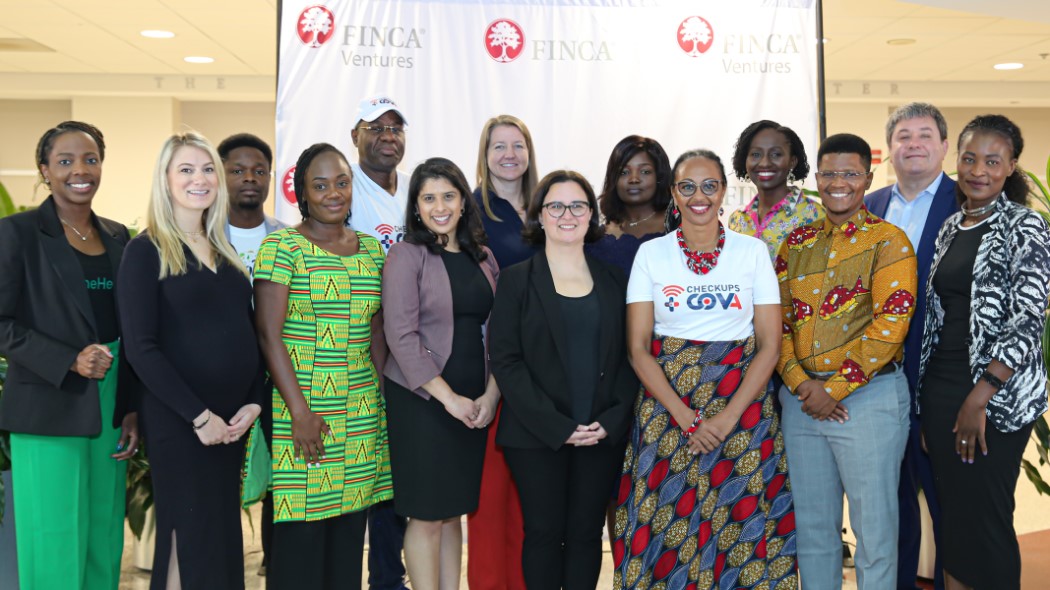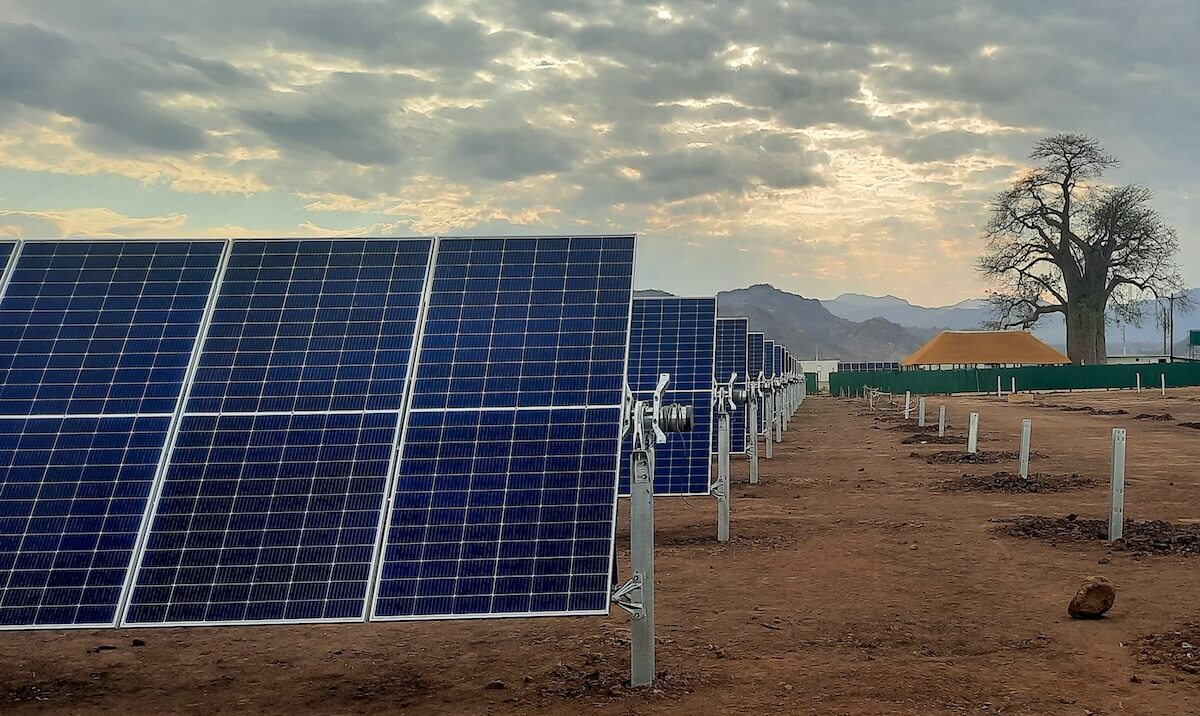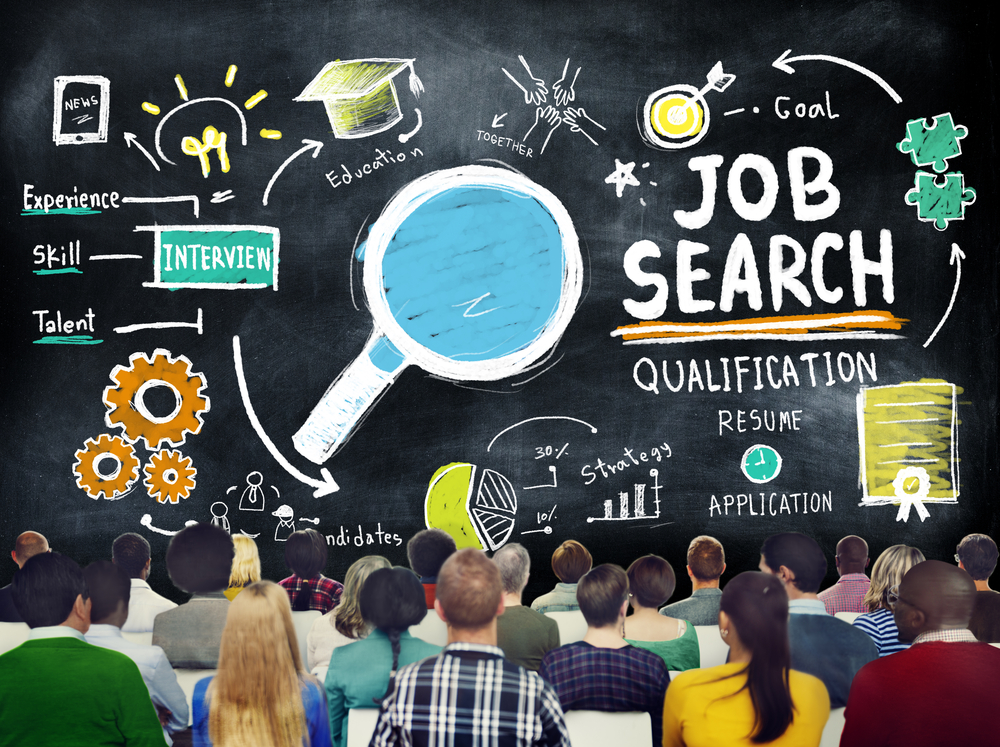Climate Finance
Here’s a quick lesson in the climate jargon you’re going to be hearing for the next two weeks. “Marrakech,” as in Morocco, is shorthand for “COP22,” which is one more than COP21, the climactic conference in Paris last December that hammered out a global climate deal.
That makes Marrakech the first “meeting of the parties” to the global deal, which came into legal force November 4. After years of delay, climate action is on.
At least that’s the vibe going in. The Paris agreement won worldwide ratification at unprecedented speed, “much much faster, years faster, than most people expected,” as the National Security Council’s director of climate change, John Morton, said last week. At last count, 100 countries. representing 69.4 percent of the earth’s annual carbon dump, were signed on; expect the number to rise as delegations arrive in Marrakech (and keep track with the World Resources Institute’s tracker, below).
Suddenly, things are moving faster than even optimists’ dared dream a year ago. I’ve been listening to briefings and reading white papers (so you don’t have to!) to prep myself for next week in Morocco. The net-net: as the global climate movement moves from cautious optimism to determined execution, the gathering force behind the carbon transition feels too powerful to stop.
Forward Momentum
2016 looks to be the first year in history in which global investments in renewables exceeded investments in fossil fuels, according to U.S. officials.
The tipping point is near. Unless…
The question of who wins tomorrow’s U.S. election is more than the elephant in the COP22 room. It’s more like a herd of camels rumbling through the Jamaa el Fna marketplace in Marrakech’s old quarter. Trump is “not too fond” of the Paris agreement; climate change, after all, is a Chinese hoax, according to Trump.
Clinton worked for a climate deal for years. By the end of her first term, if elected, she’s committed to install half a billion solar across the U.S. It’s not too far of a stretch to say the U.S. is voting for its carbon future.
And we’re voting on one of the major legacies of President Obama, who helped turn the tanker around through what hindsight shows was grinding, effective persistence on all fronts. From global — not only the Paris agreement, but recent deals on hydrofluorcarbons and aviation emissions — to local, as in the Clean Power Act, which would be the first such act to cap carbon pollution produced by U.S. power plants. Earlier this year the Supreme Courted halted the Act’s implementation until further judicial review, leaving its fate to the new president’s Supreme Court.
A moment like Marrakech is not likely to come again, if we turn back now.
Global movement
The positive news is that the rest of the world looks ready to move on, regardless. “If I take a look at global investment,” Jonathan Pershing, the State Department’s deputy special envoy for climate change, said last week, “that’s where the new investment policy is, and Americans are doing very well in that investment environment.”
Even Trump the dealmaker might be convinced that the future lies in the low-carbon transition. “My sense is that there are going to be huge domestic advantages to staying in this agreement and to doing the work that we’ve agreed to do,” Pershing said.
Capital is available. There’s been “a dramatic expansion” in green investing, which now includes not only cleantech and alternative energy, but green infrastructure, green bonds and a range of financial and other services, according to US-SIF, the research arm of the socially-responsible investment movement. In its 2016 survey to be released next week, US-SIF will report a big boost in assets managed with a climate and carbon lens since its 2014 report, which found climate factors affecting $275.6 billion in money manager assets and $551.5 billion in institutional assets.
At COP22, a key indicator of commitment will be progress toward a promised $100 billion a year by 2020 to help developing countries fund their own carbon transitions. An OECD forecast presented in the run-up to COP22 showed the world on track to $93 billion by 2020 in a mid-range forecast.
Multilateral development bank funding for climate mitigation and adaptation actually fell, to $25 billion in 2015 from $28.3 billion in 2014, though there are some variances in how the totals were reported, and 2015 doesn’t reflect post-Paris efforts of players like the Asian Development Bank, the African Development Bank, the European Bank for Reconstruction and Development, the European Investment Bank, the Inter-American Development Bank Group.
Decisive Year
Investors playing the futures market in climate finance are looking to 2018 as the decisive year. That’s when the so-called “ratchet mechanism” will kick in and countries will boost their Nationally Determined Contributions — the country-specific goals that are at the heart of the Paris deal. Already, the bidding war is accelerating, particularly among the G-20, with China shutting shut down 150 million tons of coal mining capacity in 2016, with plans to close another 100 million tons by the end of year.
How to regularize such metrics and measures is the agenda for the first meeting of the parties to the Paris deal, which will likely be formally suspended and reconvened when more details are worked out. “After pushing for decisive and speedy action, we sort of got ahead of ourselves with entry into force, which was unexpected,” said Paula Caballero, global director of the climate program at the World Resources Institute.
Climate advocates gamely insist that work is in motion regardless of the outcome of Tuesday’s U.S. election. “My take is that won’t change; it doesn’t matter who is in in the United States, it matters what countries have decided to do,” says the State Department’s Pershing.
“What I see from China, what I see from Brazil, what I see from small countries like Costa Rica, what I see from poorer countries like Nigeria, like Senegal — I see them all prioritizing this because it’s part of their development agenda,” he continued.
“I see them looking at how they get access to clean electricity — not just that it’s clean, but because they need access, and the least cost way is a solar panel. I have seen thinking about electric vehicles, not because it’s clean — although it is — but because it means reduction in the imports of fossil fuel, oil in particular, which drive security. I see dynamics in which they reduce deforestation because it has huge impacts on water quality, as well as being on the climate agenda.”










